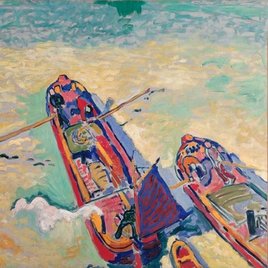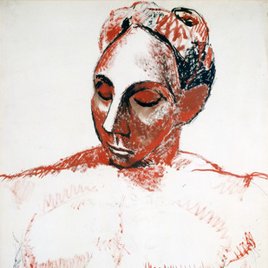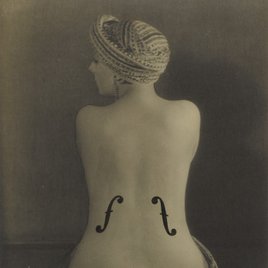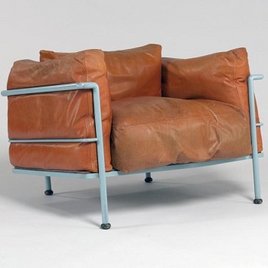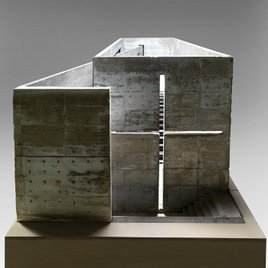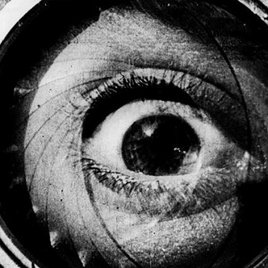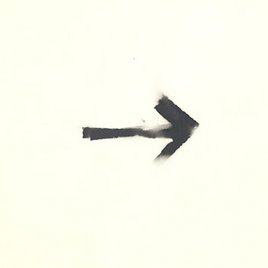Film and New media
The Centre Pompidou has one of the very first collections in the world dedicated to film, video, sound and digital media.
The collection was started in 1976, at the same time that the Musée national d'art moderne was transferred to the building designed by Renzo Piano and Richard Rogers. Its audacious aim was to promote the idea of heritage linked to these emerging, ephemeral, experimental media, and to observe the rapid changes at work within our society.
The Centre Pompidou’s film collection includes films by experimental directors, art films, and installations by visual artists. In 1976, Pontus Hulten, the first director of the Musée National d'Art Moderne at the Centre Pompidou, commissioned a programme entitled "A history of the cinema" from Peter Kubelka, a key proponent of the experimental school, for which the Museum bought the first hundred films making up the core of the collection.
The collection is unique in the world and comprises 1,400 works - most of which are on film - by visual artists and film directors from a wide range of geographic and cultural backgrounds. From the avant-garde of the 1920s with Walter Ruttmann, Hans Richter, Fernand Léger or Man Ray, to the expanded cinema of the 1960s with Robert Whitman, Anthony McCall and Paul Sharits and contemporary art cinema (Steve McQueen, Mark Lewis, Tacita Dean), the collection covers over a century of experimental and artistic cinematographic practices which have developed on the periphery of industrial cinema.
Each year, the Centre Pompidou acquires new works, both historic and contemporary, which it preserves in their original format. One of its tasks is to conduct constantly updated digitisation campaigns in order to safeguard our film heritage. Another is to distribute these films, which it does through all the means provided by today's digital technology.
The "new media" collection gathers over 2,600 works dating from 1963 to the present day: installations, videos, sound, digital films and interactive digital media.
From their very beginnings, these "new media" came as a critical response to the mass media. They have also been the preferred choice for conserving the memory of actions, performances, concerts and happenings. From the 1990s, “exposed cinema” and the emergence of the Internet brought new formats to the collection, while also opening it up to all the continents.
Amongst the treasures in the historical collection, there are important ensembles and unique pieces (often produced by the Centre Pompidou), pioneering video, sound poetry and experimental music: Vito Acconci, Valie Export, John Giorno, Jean-Luc Godard, Dan Graham, Mona Hatoum, Mike Kelley, Chris Marker, Bruce Nauman, Nam June Paik, Eliane Radigue, Anthony Ramos, Pipilotti Rist, Bill Viola, Nil Yalter and others.
More recent works offer a broad perspective on current artistic practices linked to the moving image, sound installations and digital experiments, such as major works by the following artists: Lawrence Abu-Hamdan, Francis Alÿs, Chen Chieh-Jen, Cao Fei, Claude Closky, Harun Farocki, Omer Fast, Dora Garcia, Marguerite Humeau, Pierre Huyghe, Ryoji Ikeda, Isaac Julien, Nalini Malani, Christian Marclay, Deimantas Narkevicius, The Propeller Group, Ugo Rondinone, Sineb Sedira, Hito Steyerl, Fiona Tan, Marie Voignier.
![Fernand Léger, Dudley Murphy, Le Ballet mécanique [version Filmmuseum] 1923 - 1924](/_elastic_filemount/media/picture/25/57/2557becf9682564c1b93692a43f5222d/thumb_large.jpg)


















